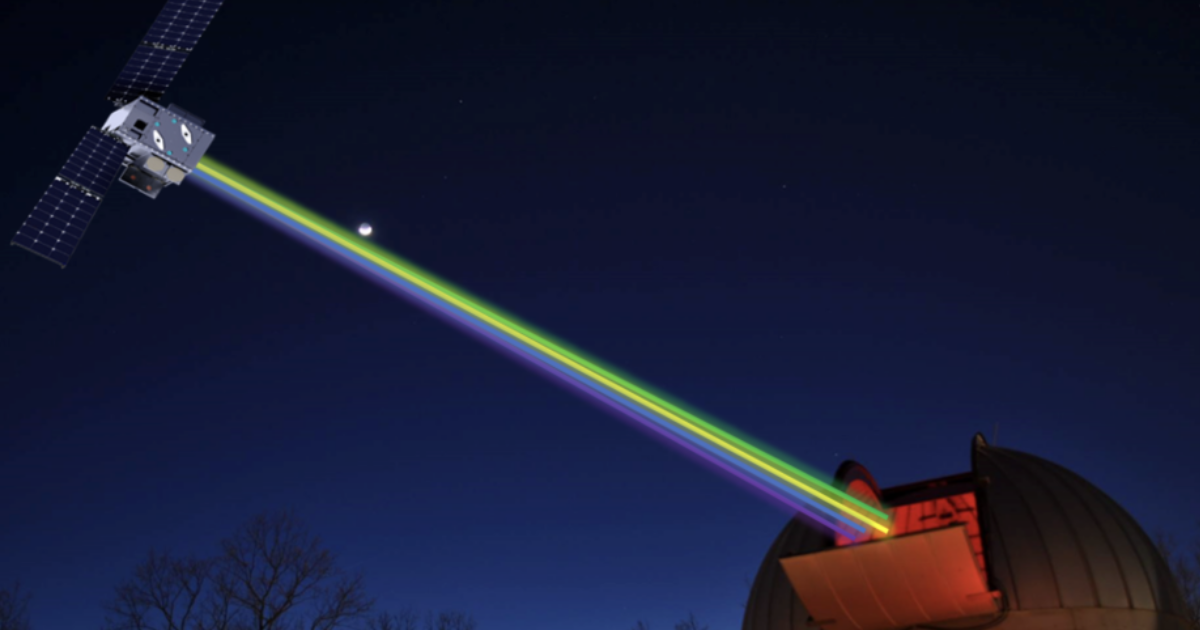
As you gaze up into the night sky, you can see millions of stars with your naked eye.
When using a telescope or other equipment, that number rockets (pun intended) up to trillions.
While some of the stars look brighter than others, they are all pretty much just dots of light in the night sky to the average person.
For astronomers, however, it is important to know why the stars are all unique.
Factors such as distance from Earth, the size of the star, the age of the star, and many other things all go into figuring out how bright it will appear here on Earth.
They have made some astounding progress toward being able to learn a lot about individual stars just by looking at them through a telescope, but it is hard to get any precise information because, other than our own Sun, it is hard to get accurate measurements of the stars.
NASA is planning The Landolt Mission to help them to be able to more accurately learn about the stars in the universe. The mission is to launch a CubeSat satellite, which will be used to simulate a star.
Jamie Tayar is an assistant professor of astronomy at the University of Florida and explained in a statement:
“The goal is to be able to figure out, for other planets orbiting other stars, whether they too could have oceans where life could presumably arise and live. For each star, you need to know exactly how much energy is coming from the star, and exactly how far away the planet is, and so on.”
Having an artificial star that can beam light that is designed to simulate a distant star will help astronomers understand the information they are able to collect from real stars better.
Associate Professor of Physics and Astronomy at George Mason University Peter Plavchan published a paper on this project, and in it he explained:
“The Landolt mission will allow us to re-calibrate the brightnesses of millions of stars. Such measurements can only be achieved by a space-based orbiting artificial star, where the physical photon flux is accurately known. Consequently, Landolt will enable the refinement of dark energy parameters, improve our ability to assess the habitability of terrestrial worlds, and advance fundamental constraints on stellar evolution.”
This is an exciting mission because not only will it allow scientists to collect new information today, but that information can be used to improve information gathered from previous activities.
In addition, it will help to ensure future studies are able to provide the best results possible.
Who knew that launching an artificial star into orbit would be so important?
If you thought that was interesting, you might like to read about a second giant hole has opened up on the sun’s surface. Here’s what it means.